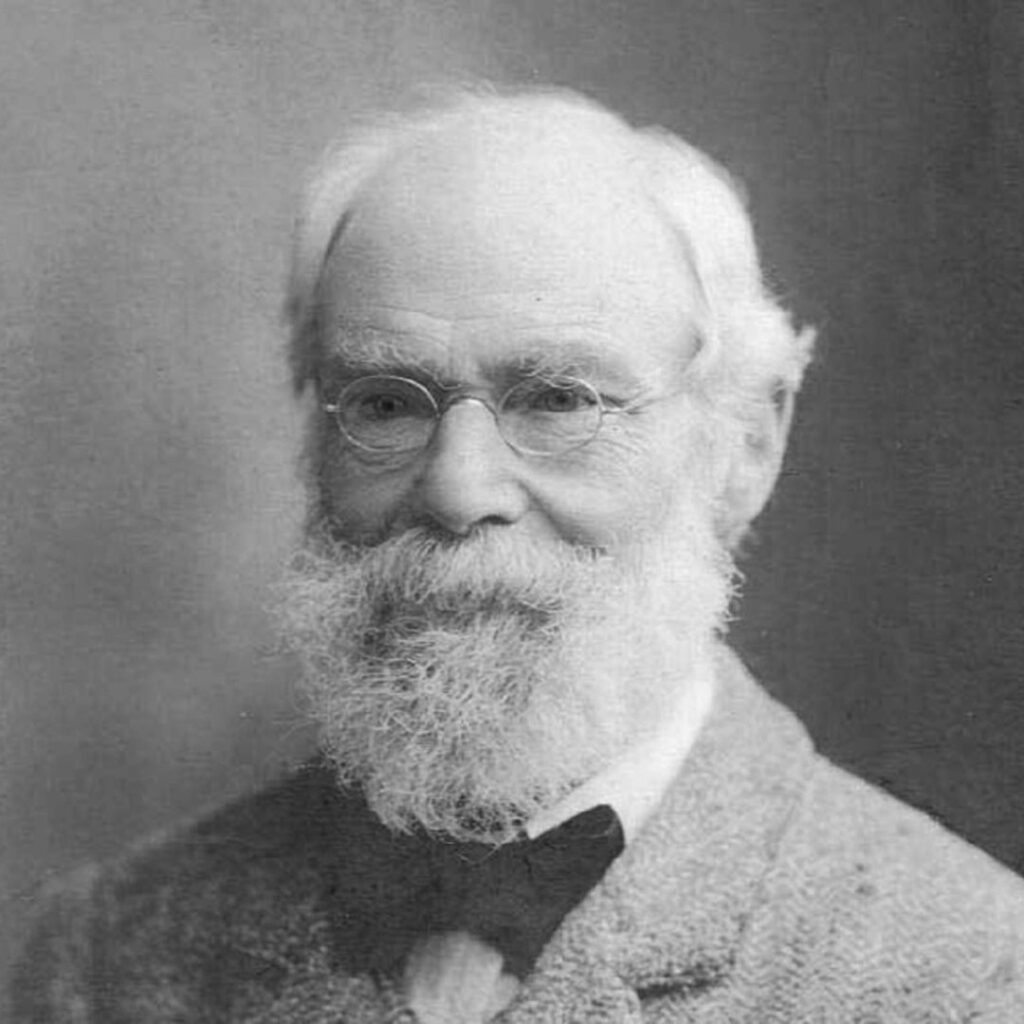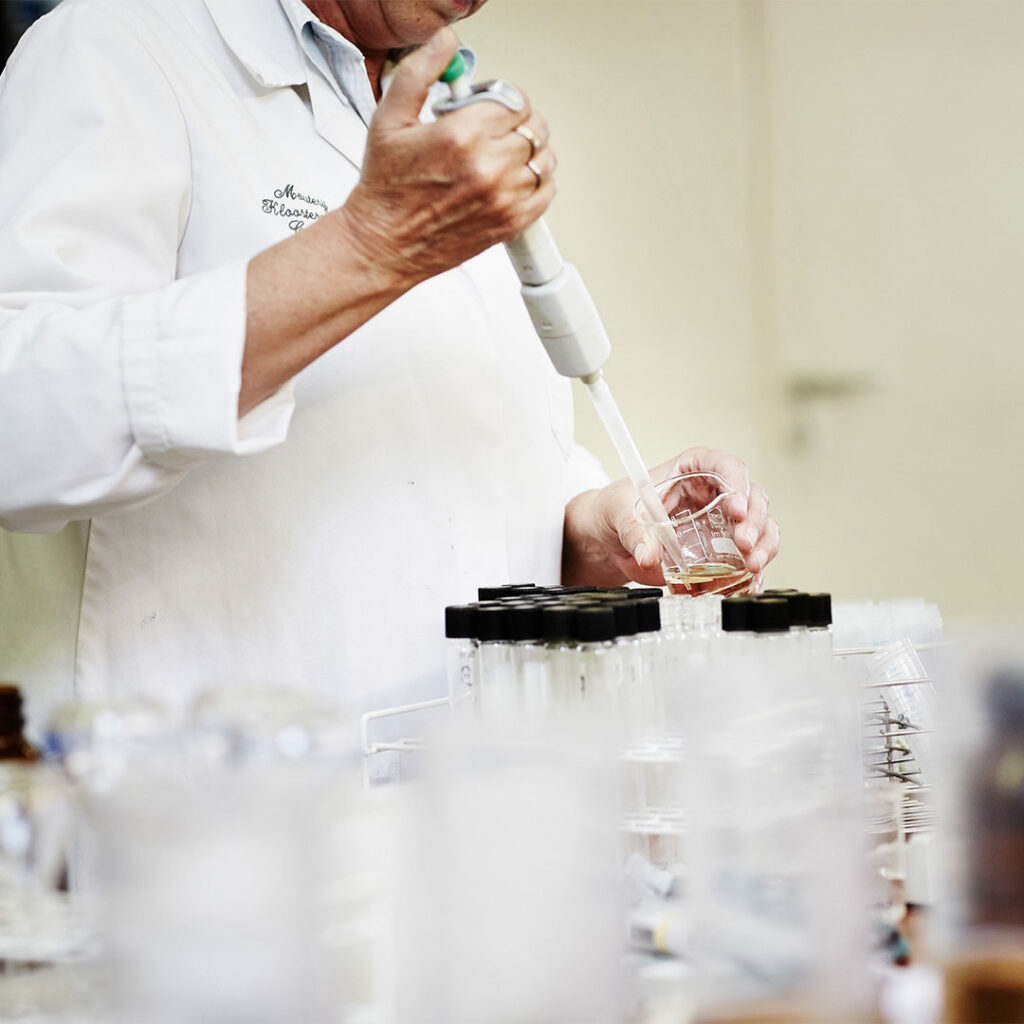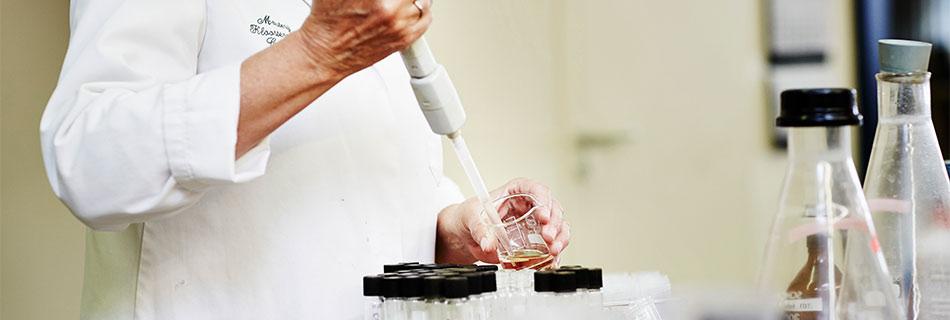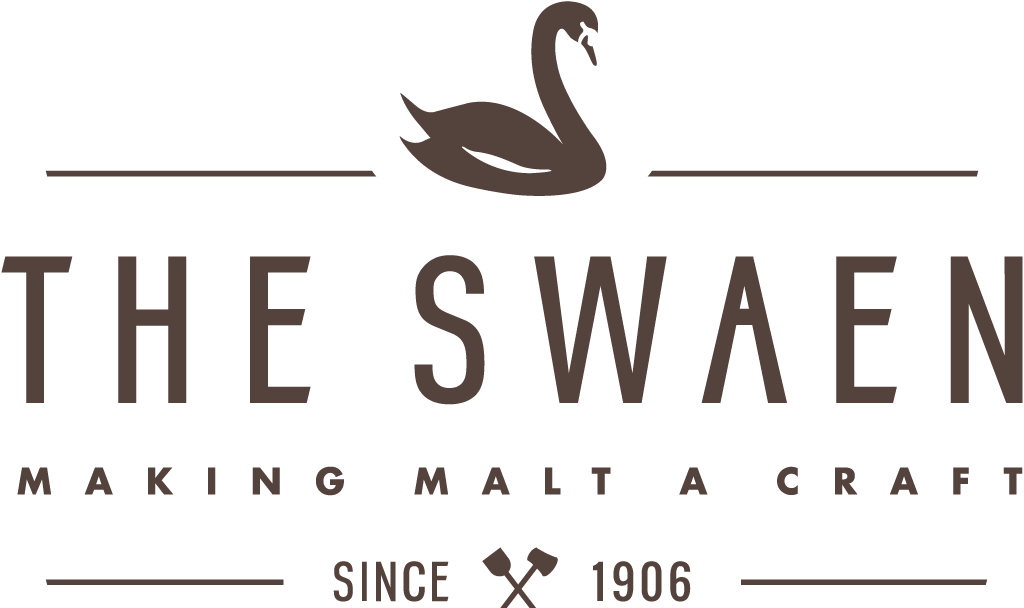Colour is one of the first things you notice in a beer. But how do you measure it in a consistent way? Over the years, brewers and maltsters have developed different systems for measuring beer colour. The three most common are Lovibond (°L), Standard Reference Method (SRM) and European Brewery Convention (EBC).

The Lovibond scale: the beginning
The story starts in the late 19th century. Joseph Williams Lovibond, an English brewer, wanted a more precise way of measuring beer colour than simple visual comparison. In 1885 he created the Lovibond Tintometer, an optical device that compared a beer sample against coloured glass slides.
The brewer adjusted the slides until the colours matched, and the result gave the beer’s colour in degrees Lovibond (°L). This was a breakthrough, but it relied heavily on eyesight and the quality of the glass standards. Still, it set the stage for future methods of measuring beer colour.
Standard Reference Method: the American standard
By the mid-20th century, brewing science sought more objectivity. In 1950 the American Society of Brewing Chemists (ASBC) introduced the Standard Reference Method (SRM). Instead of glass slides, SRM used a spectrophotometer to measure how much light (at 430 nm) passes through a beer sample.
This approach made measuring beer colour more consistent and reproducible. SRM became the standard in North America, aligning roughly with Lovibond for pale beers but diverging at higher intensities.

European Brewery Convention: the continental approach
In Europe, brewers developed their own standard through the European Brewery Convention (EBC), founded in 1946. Like SRM, it uses spectrophotometry at 430 nm, but with a slightly different sample thickness.
Because of this, EBC values are about 1.97 times higher than SRM values. A beer at 10 SRM, for example, would be around 20 EBC. For European brewers, this became the most widely accepted way of measuring beer colour.
Why we use EBC at The Swaen
At The Swaen, we describe our malts in EBC values, for good reasons:
- European standard: As a Dutch malthouse serving brewers worldwide, EBC is the shared language across Europe.
- Precision: EBC relies on spectrophotometric methods, ensuring accuracy and consistency in measuring beer colour.
- Clarity for brewers: Since most European craft and large breweries use EBC, it prevents confusion when designing recipes.
A shared goal: consistency in brewing
Though they differ in origin and scale, Lovibond, SRM and EBC all aim at the same goal: making measuring beer colour reliable and repeatable. Whether you see °L in a historical text, SRM in an American recipe, or EBC on a bag of malt from The Swaen, the principle is the same – science helping brewers create consistent beers.
If you come across a recipe or malt spec sheet that uses a different scale, there’s no need to guess. Tools like the Beer & Brewing colour calculator let you quickly convert between Lovibond, SRM and EBC. That way, measuring beer colour stays clear and consistent, no matter which system you start with.


